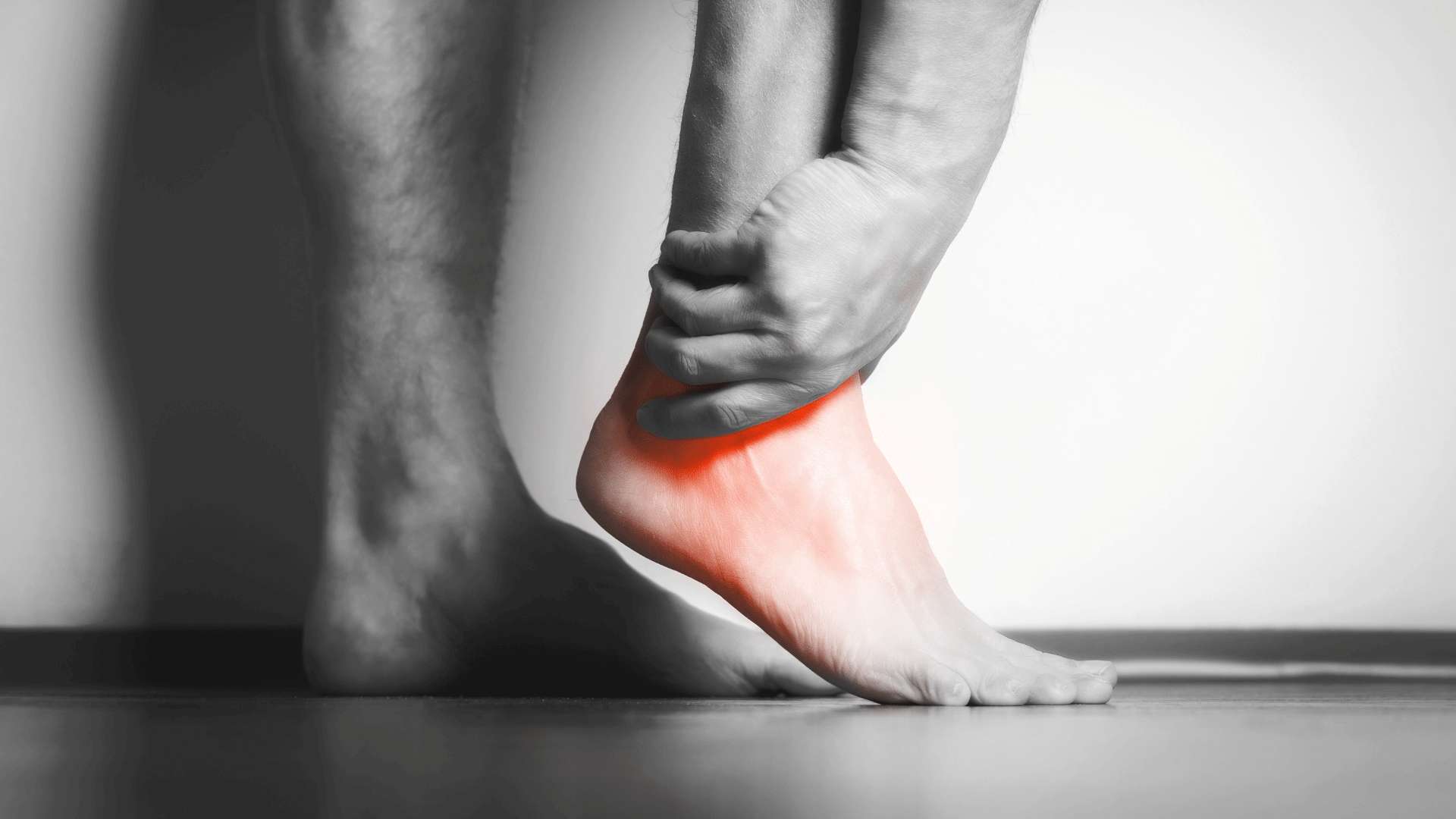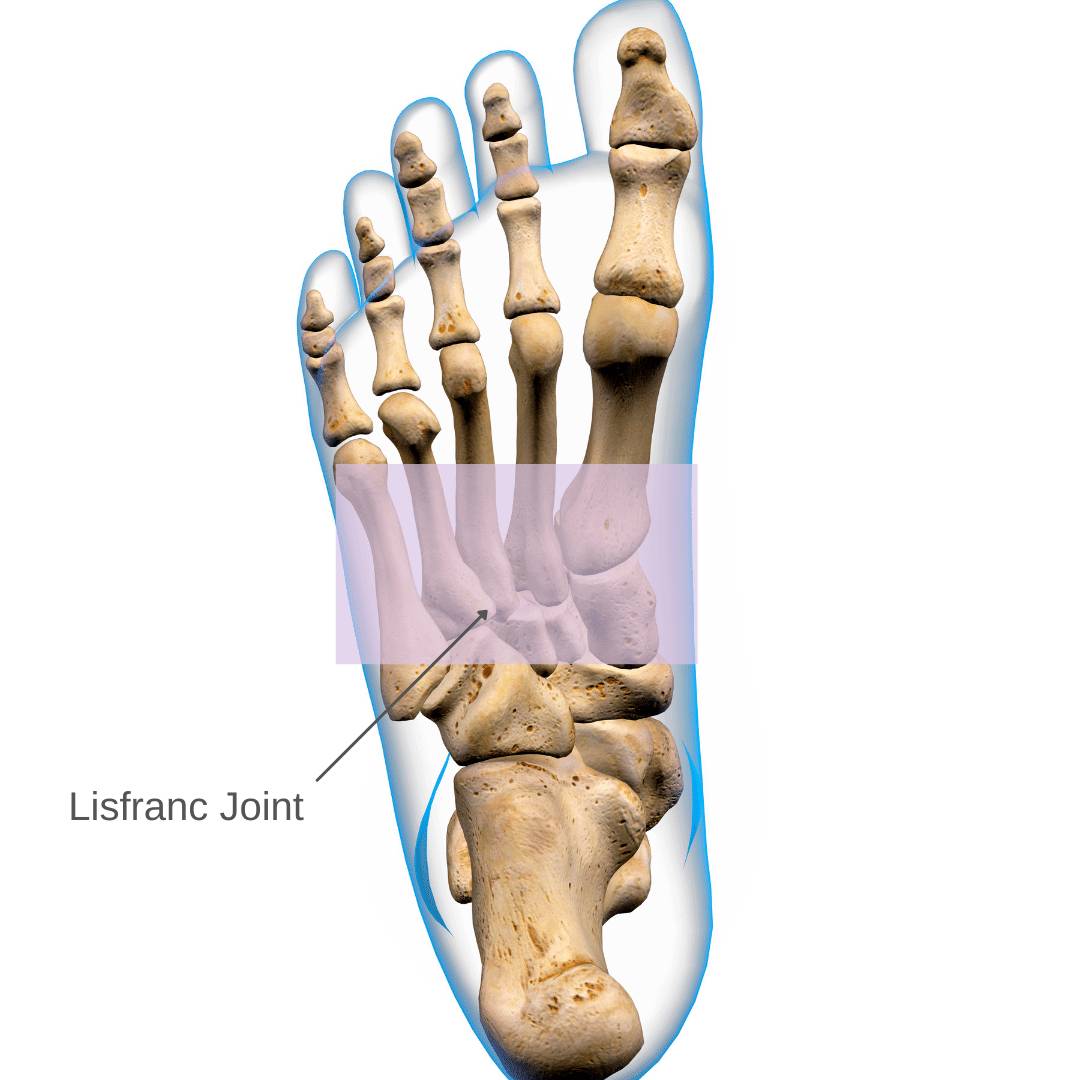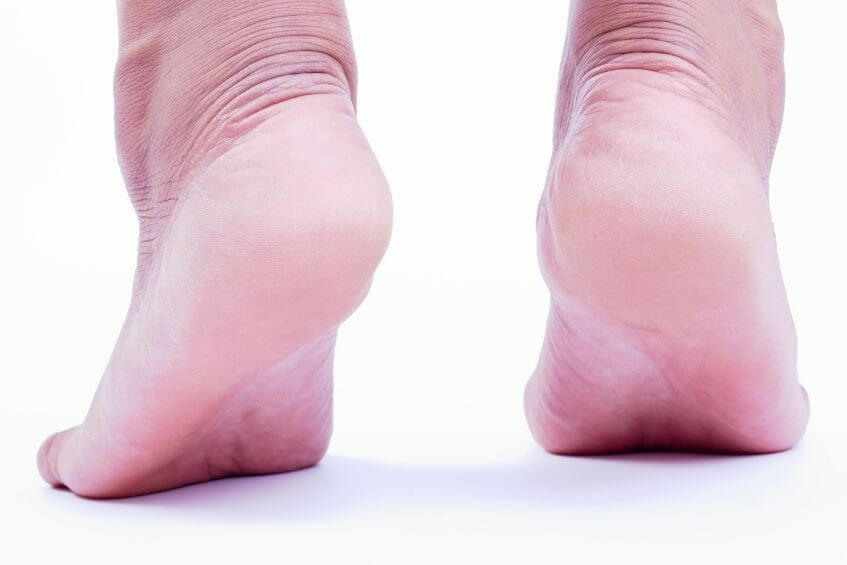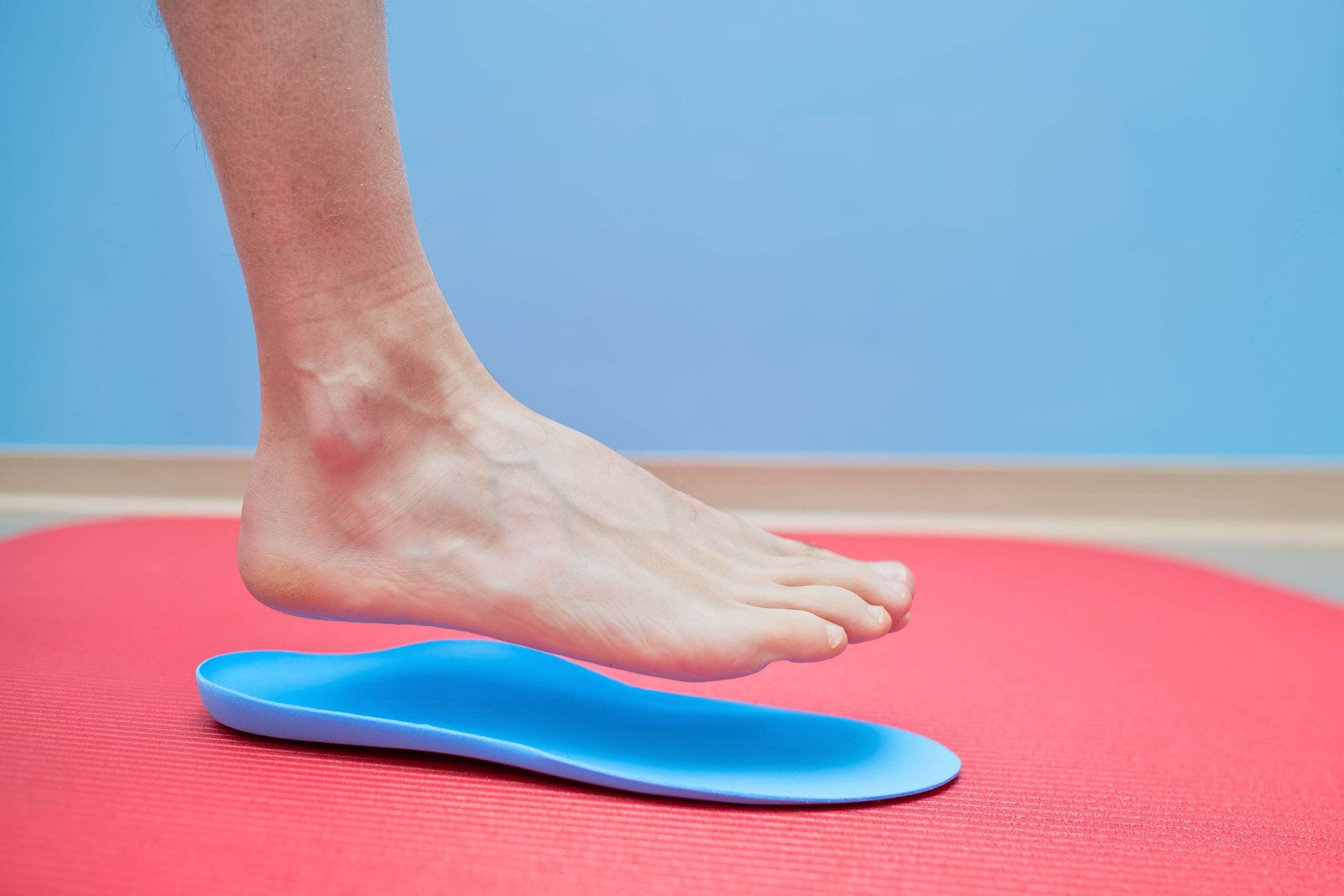
Jump to section
 A Lisfranc injury is an injury to the midfoot joint (tarsometatarsal joints). If you're looking down at of your foot, you will feel the
bony bumps in front of your ankle joint on top of your foot. The Lisfranc joint runs horizontal along those bony bumps and includes the
total width of the foot. The Lisfranc joint is largely responsible for holding the height and shape of your arch, hence there are many
joints (bones and ligaments) involved. When a twisting motion is applied to this area (from a stumble or fall), it can break or
dislocate these bones and/or sprain or tear the ligaments holding this joint together.
A Lisfranc injury is an injury to the midfoot joint (tarsometatarsal joints). If you're looking down at of your foot, you will feel the
bony bumps in front of your ankle joint on top of your foot. The Lisfranc joint runs horizontal along those bony bumps and includes the
total width of the foot. The Lisfranc joint is largely responsible for holding the height and shape of your arch, hence there are many
joints (bones and ligaments) involved. When a twisting motion is applied to this area (from a stumble or fall), it can break or
dislocate these bones and/or sprain or tear the ligaments holding this joint together.
This is a very serious injury due to vital role the midfoot plays in any weight bearing activity.
As previously mentioned, the injury is caused by a twisting motion with a downwards or upwards movement of the midfoot. It is always acute and traumatic in nature, so you will most likely be able to pinpoint the particular event or accident when your injury occurred.
The 3 common types of Lisfranc injuries are:
It is not uncommon for these differing types of injuries to occur simultaneously.
The common causes include:
It's common for a Lisfranc injury to be mistaken for a minor sprain of the foot, especially since the injury can occur from a simple stumble and fall. However, this injury can not be walked off; it is a severe injury that can take months to heal and may require surgery.
Common signs and symptoms connected to the injury include:
This injury can be difficult to diagnose. Due to the severe nature, it's important to get an accurate diagnosis from one of our podiatrists in Brisbane so that we can get you started on an effective treatment pathway.
We diagnose a Lisfranc injury by taking into account your signs and symptoms, the history of the injury, and by performing a physical assessment. If we suspect a Lisfranc injury, we will refer for an X-ray, CT imaging and MRI if required.
Due to the location of the injury, most treatments require prolonged periods of time spent in a moon-boot, followed by a rehabilitation program, with the correct footwear and support from devices. Treatment periods can differ markedly and depend on the severity of your injury.
The key to ensuring you recover effectively and as quickly as possible is early diagnosis and the correct treatment.
For pain relief of your symptoms, we may also recommend the RICE protocol — rest, ice, compression & elevation.
Some severe Lisfranc injuries may require surgical management.

Our feet are the foundation for the entire body, so it's important that they have enough strength to tolerate our activity levels. Use
these three exercises to help strengthen your feet.

Not everyone needs orthotics, but they can play an integral role in treating or relieving pain in several foot and lower limb conditions.

The heat and humidity of an Australian summer makes it a prime time for issues to arise, so our newest podiatrist Lucy has put together
seven helpful tips to keep your feet healthy and problem free throughout summer.
| Monday | 7:30am - 6:30pm |
| Tuesday | 7:30am - 6:00pm |
| Wednesday | 7:30am - 6:30pm |
| Thursday |
7:30am - 6:00pm |
| Friday | CLOSED |
| Saturday | CLOSED |
| Sunday | CLOSED |
Ground Floor, 344 Queen Street,
Brisbane City QLD 4000
| Monday | 7:30am - 6:00pm |
| Tuesday | 7:30am - 6:00pm |
| Wednesday | 7:30am - 6:00pm |
| Thursday |
7:30am - 6:30pm |
| Friday | 7:30am - 5:30pm |
| Saturday | 7:30am - 4:30pm |
| Sunday | CLOSED |
Newmarket Village, 114/400 Newmarket Rd, Newmarket QLD 4051